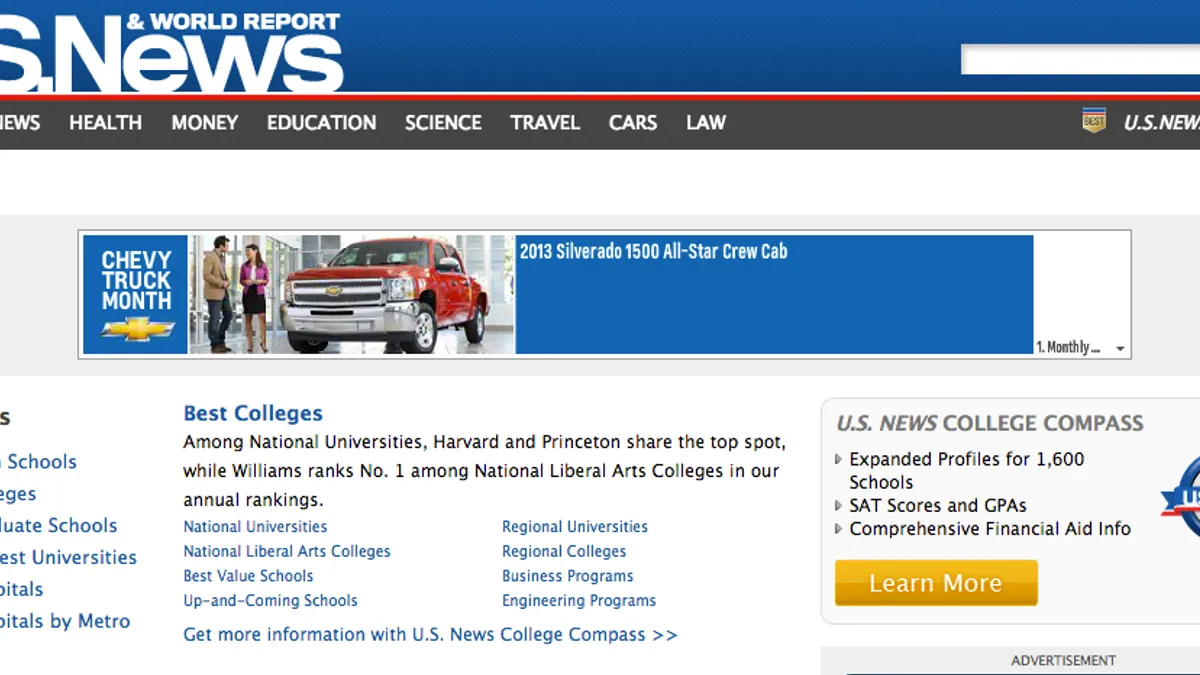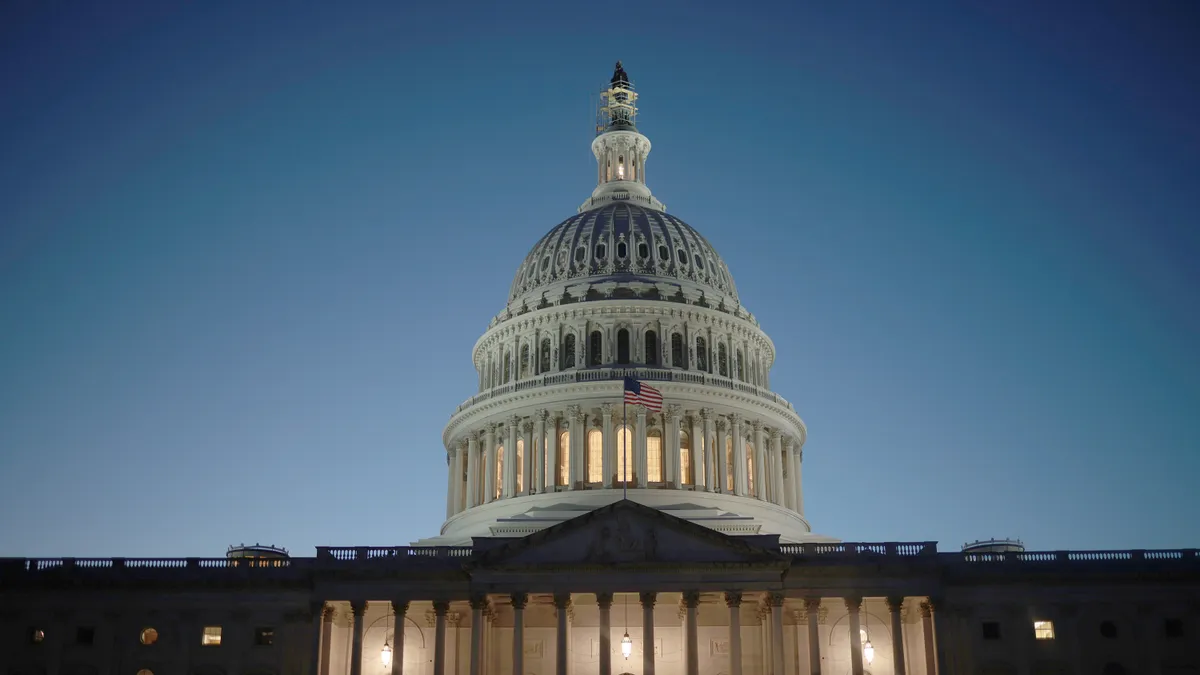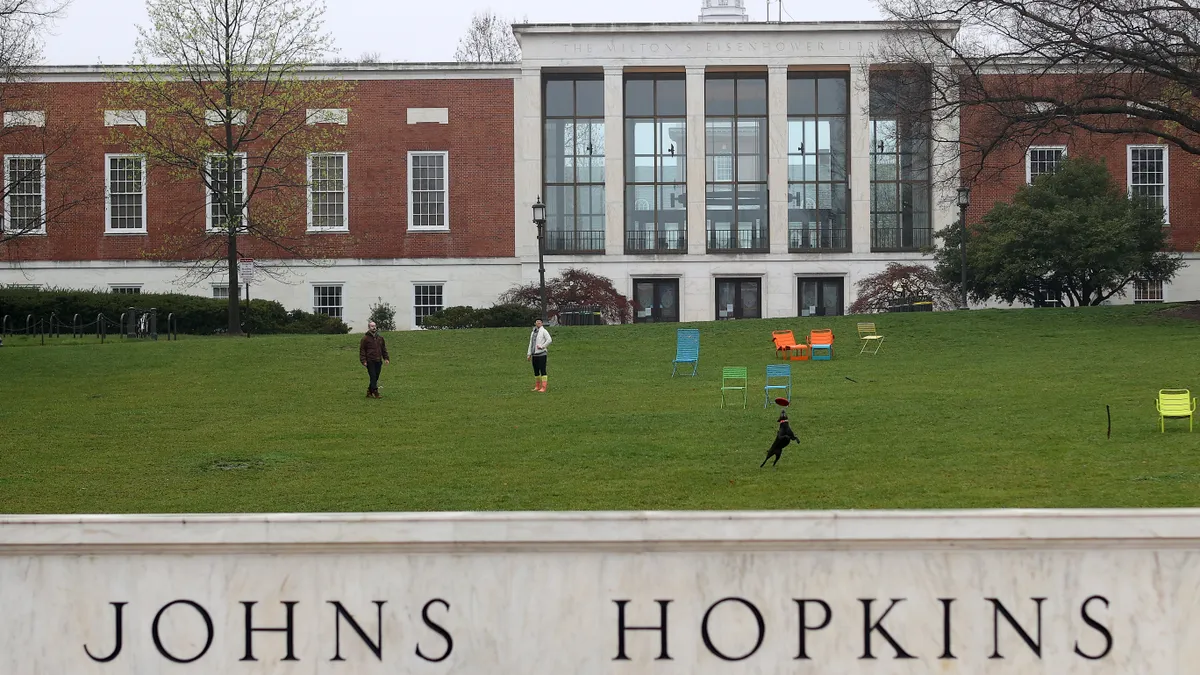As prospective students across the country get closer to enrollment decision deadlines, the focus on the power of school rankings comes into sharper focus. Since U.S. News & World Report’s first rankings in 1983, administrators have scoffed at the results and rationale, but they have not been able to avoid the very real pressures put on their institutions because of the annual lists.
In a recent survey by Chegg, researchers found that 77% of students reported college rankings as important in their enrollment decisions. But Chegg argues that only a small portion of the rankings metrics are based on institutional attributes that truly benefit students. The problem is, rankings are aggressively advertised and easy to read. A simple list of top institutions lets students skip over more meaningful research, even if it obscures the truth about quality in higher ed.
There is plenty of reform energy being poured into college and university rankings. The federal government is considering proposals for its own rankings system that would preference attributes like graduation and loan default rates. But in the meantime, U.S. News & World Report holds incredible sway over the decision-making of students and administrators.
Wendy Espeland, a sociologist at Northwestern University, along with University of Iowa sociologist Michael Sauder, has been studying the effects of rankings on institutions, specifically law schools. Espeland said, among other things, media rankings threaten diversity.
“Because some groups do less well on standardized tests, and because the rankings hugely raise the stakes for high test scores, schools that promote diversity are punished,” Espeland said.
Furthermore, colleges and universities are incentivized to reallocate resources toward marketing departments. High school counselor and peer reviews make up 23% of a school’s total score in the U.S. News & World Report rankings, according to a presentation by Chegg CEO Dan Rosensweig at the ASU+GSV Summit. Schools that can afford to market themselves necessarily do better in the rankings.
That’s one way critics say certain schools “game the system.” Another way is by manufacturing greater selectivity through aggressive outreach. Colleges that have shifted to accepting the Common Application, for example, get significantly more applicants even though their capacity for enrollment doesn’t change much. Their selectivity rates, then, increase.
Rosensweig argues the rankings themselves can even be vindictive. Reed College stopped providing information to U.S. News & World Report in the mid-1990s. During that time, Rosensweig said in his presentation, Reed College enrolled students with higher SAT and ACT scores, became more selective, offered smaller average class sizes, increased the educational attainment level of faculty, paid its faculty members more, grew the amount raised from alumni giving, and increased the size of its endowment. Its U.S. News & World Report ranking, however, dropped from ninth place to 74th.
Joe Schmoke, co-founder of University Research and Review, which advises students on college admissions, doesn’t have high hopes for improvement under a future federal ranking system. Schmoke says rankings across industries are vulnerable to easy gaming.
“It’s almost like when the IRS comes out with a new tax law,” Schmoke said, “and the first things that the tax lawyers and the accountants do is get together and say, ‘Now that we know that this is the rule, how do we get around it?’”
The U.S. Department of Education is expected to release an early version of its rating plan this spring or summer. Information about the proposed framework indicates the department is striving to provide students with more meaningful information. But U.S. News & World Report has brand recognition for millions of prospective students. And if these students continue to use the ratings to make decisions, institutions will have to consider them to stay competitive — even if educators and researchers continue to find them destructive and, often, irrelevant.
Would you like to see more education news like this in your inbox on a daily basis? Subscribe to our Education Dive email newsletter! You may also want to read Education Dive's look at whether HBCUs are over-represented on a U.S. Department of Education watchlist.









